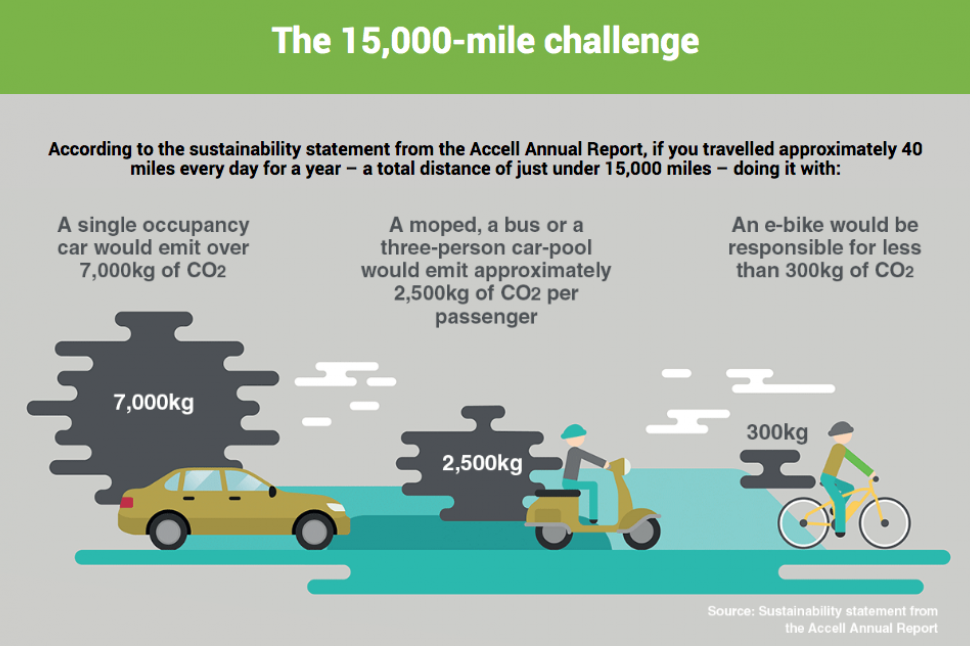A Novice'S Source On E-Bike Legalities And Regulations In Your Neighborhood

Web Content Created By-Munk Salomonsen
Prior to you hop on your e-bike and struck the streets, it's critical to recognize the laws and guidelines that regulate your city. From rate limits to marked riding locations, there's a lot to take into consideration to guarantee you're certified and secure. By acquainting yourself with the guidelines details to e-bikes, you'll be much better equipped to enjoy your rides without any unexpected legal concerns. Remain tuned to uncover essential understandings that will certainly aid you navigate the e-bike landscape in your city perfectly.
Recognizing E-Bike Classification
When it involves browsing the realm of e-bike legislations and guidelines, a crucial starting factor is recognizing the classification system that classifies these electric bicycles. E-bikes are usually categorized into three major classifications: Class 1, Class 2, and Course 3.
Course 1 e-bikes are pedal-assist only, indicating they offer support while the cyclist is pedaling and have a maximum speed of 20 mph. These bikes are allowed in areas where standard bicycles are allowed.
Course 2 e-bikes are furnished with a throttle that can thrust the bike without pedaling. They likewise have a maximum speed of 20 mph and appropriate for bikers who might need aid without pedaling constantly.
Class 3 e-bikes are similar to Class 1 but with a greater maximum speed of 28 miles per hour. These bikes are frequently limited from specific bike courses or routes due to their higher rates.
Recognizing these categories is essential for adhering to neighborhood laws and making certain a secure and pleasurable e-biking experience.
Browsing Speed Limitations and Restrictions
To efficiently navigate e-bike laws and laws, it's crucial to comprehend the speed limits and limitations that put on various classes of electrical bikes.
see post for e-bikes differ depending upon the category of the bike. Class 1 e-bikes, which are pedal-assist only and have a maximum speed of 20 miles per hour, are generally permitted on bike lanes and paths.
Class 2 e-bikes, which have a throttle along with pedal-assist and additionally get to speeds of approximately 20 miles per hour, might be limited in particular locations where motorized vehicles aren't permitted.
Course 3 e-bikes, with pedal-assist as much as 28 mph, are usually needed to comply with the exact same policies as conventional bikes.
It is essential to stick to these speed restrictions and restrictions to ensure your safety and the security of others on the road. Before riding your e-bike, acquaint on your own with the certain policies in your city to avoid any possible fines or lawful problems.
Where to Trip Your E-Bike
To establish where you can ride your e-bike, it's essential to recognize the guidelines and guidelines specific to your area. In you could check here , e-bikes are generally permitted on roadways and streets where traditional bikes are allowed. This may consist of bike lanes, bike courses, and shared highways. Nevertheless, it's vital to check regional laws as some cities might have details limitations on where e-bikes can be ridden.
When riding your e-bike, always focus on safety and security by adhering to website traffic guidelines and valuing pedestrian pathways. Furthermore, be mindful of any marked bike lanes or paths in your location and utilize them whenever feasible to make certain a smoother and safer ride.
Some cities likewise have laws relating to e-bike usage on pathways, so make certain to familiarize yourself with these rules to avoid any kind of fines or fines.
Verdict
Now that you're familiar with the laws and policies bordering e-bikes in your city, you can with confidence hit the road knowing where you can ride and what constraints put on your e-bike classification. Keep in mind to constantly focus on security and adhere to the policies to ensure a smooth and lawful adventure. Satisfied riding!

